Toyota Corolla tire pressure recommendations are between 30 and 38 psi depending on your tire size. You should aim to check your tire pressure about once a month or whenever you suspect low pressure.
There are risks to having your tires underinflated or overinflated. Things like reduced fuel efficiency, impeded handling, and a higher risk of a blowout are associated with under-inflated tires. Reduced traction and increased wear and tear can result from overinflated tires.
Jerry—the car insurance savings app—has put together all of the essential information to help you find the correct tire pressure for your Corolla. We’ll also throw in some tips for checking your tire pressure and for saving money on your Toyota Corolla car insurance cost.
The exact recommended tire pressure for a Toyota Corolla will depend on the trim and tire size. You can use 32 psi as a rule of thumb, but exact tire pressure recommendations range from 30 to 38 psi.
To confirm your car’s tire pressure, you can check the owner’s manual or the sticker on the driver's side door jamb. You can find your tire size written on the side of your tires.
Here is a breakdown of the recommended tire pressures for the most common trims and tire sizes in recent years:
Tire size | Front tire pressure | Rear tire pressure | |
|---|---|---|---|
L, Hybrid LE | 15” rim (195/65R15 91S) | 38 psi | 36 psi |
LE, SE Hatchback, XLE | 16” rim (205/55R16 91H) | 35 psi | 33 psi |
SE, XSE | 18” rim (225/40R18 88V) | 33 psi | 30 psi |
Many pre-2019 trims | 16” rim (P205/55R16 89H) | 32 psi | 32 psi |
Many pre-2019 trims | 17” rim {P215/45R17 87W) | 32 psi | 32 psi |
Pre-2014 L trim | 15” rim (P195/65R15 89S) | 30 psi |
30 psi |
Pre 2009 CE trim | 15” rim (P185/65R15 86S) | 30 psi | 30 psi |
If you change your tire from the factory tire size, your tire’s pressure needs might change as well.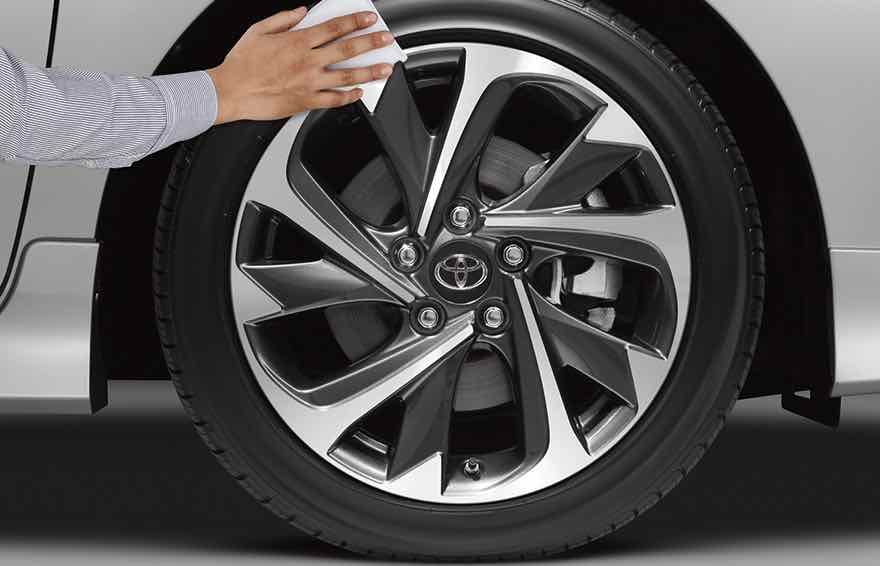 It is often advisable to slightly over-inflate winter tires since tire pressures will decrease in cold weather.
It is often advisable to slightly over-inflate winter tires since tire pressures will decrease in cold weather.
Inflating your tires 3-5 psi higher than the manufacturer's recommendation can help offset the pressure loss in winter conditions. The rule of thumb is 1 psi per every 10°C drop in temperature.
Vehicle | Front tire pressure | Rear tire pressure |
|---|---|---|
2022 Toyota Tacoma | 30 psi | 30 psi |
2022 Toyota Highlander | 36 psi | 36 psi |
2022 Toyota Venza | 35 psi | 35 psi |
2022 Toyota Avalon | 32 psi | 32 psi |
2022 Toyota Tundra | 30 psi | 33 psi |
2022 Toyota Rav 4 | 32 psi | 32 psi |
2022 Toyota 4Runner | 32 psi | 32 psi |
2022 Toyota Camry | 35 psi | 35 psi |
2022 Toyota Sienna | 35 psi | 35 psi |
MORE:Low tire pressure in cold weather, and how to fix it
It is important to know how to check your tire pressure as part of vehicle maintenance.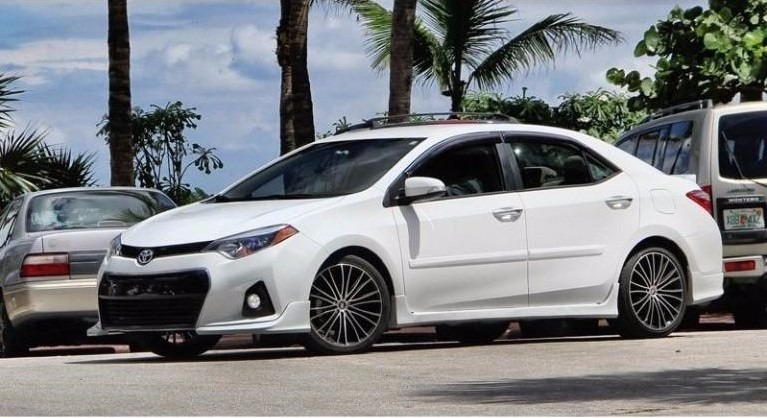 Fortunately, if you don’t already know how, it is super easy. You just need a tire pressure gauge.
Fortunately, if you don’t already know how, it is super easy. You just need a tire pressure gauge.
All you have to do is remove your tire’s valve stem cap and push the tire pressure gauge on the valve stem. Make sure to fully seal the valve. The gauge will give you a reading, which you can use to add or remove air as needed.
If you don’t have a tire pressure gauge, most gas stations have a pressure gauge attached to their air hose for tire inflation.
One way to tell if your pressure is low is when your tire pressure light turns on. You might also notice some changes to your driving experience that could suggest it's time to check your tire pressure. Decreased performance, uneven handling, and abnormal steering might all point to a tire pressure issue.
It is good practice to check your tire pressure once a month, whenever you have reason to suspect low tire pressure, or before a long drive like a road trip.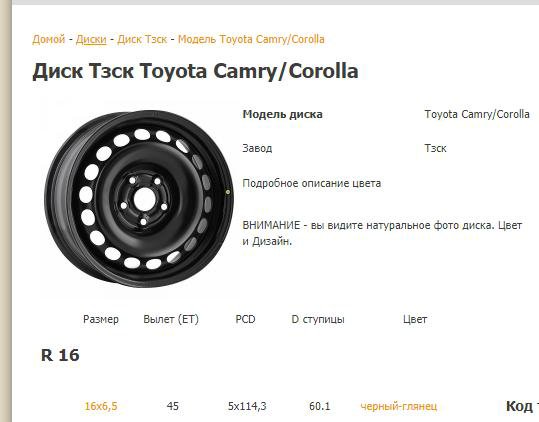
On average, tires tend to last around 50,000 to 60,000 miles, which works out to about 3 to 5 years based on average yearly driving habits.
The lifespan you get out of your tires will depend on many factors, like which tires you purchased, your normal driving conditions, and your driving habits. You should regularly check for signs of wear on your tires and keep an eye out for low tread depth or any cracks and bulges. These are both signs that it’s time for a new tire.
A handy trick for checking tread depth is to use a penny. Stick a penny into the tire, leading with Lincoln’s head. If you can see the top of his head, then your tread is too low—this amounts to about 1/16” in depth.
MORE:How low can your tire pressure go?
A common issue with the tire pressure warning system (TPWS) is that the tire pressure light can stay on after you’ve inflated your tires. If you are experiencing a stubborn TPWS light, you can reset your TPMS pretty easily.
If you are experiencing a stubborn TPWS light, you can reset your TPMS pretty easily.
For Corollas made since 2017, the process is as easy as using your steering wheel controls to access “vehicle settings”. Select “TPWS” and hold the “OK” button down on “Set Pressure” to reset the sensors. The TPWS light will blink a few times. Start the engine and wait several minutes for the light to turn off.
On older Corollas, there should be a tire pressure reset button located around the steering wheel. You can just hold this button down until the light starts flashing, then wait several minutes with the engine running.
If this doesn’t work, you might want to take your Corolla to a dealership or local auto shop to diagnose any further issues. It is possible that there is another issue, or that your sensor needs replacing.
MORE:Toyota lug pattern guide
By regularly checking your tire pressure and replacing worn-out tires, you can improve fuel efficiency and seriously reduce the risk of an accident.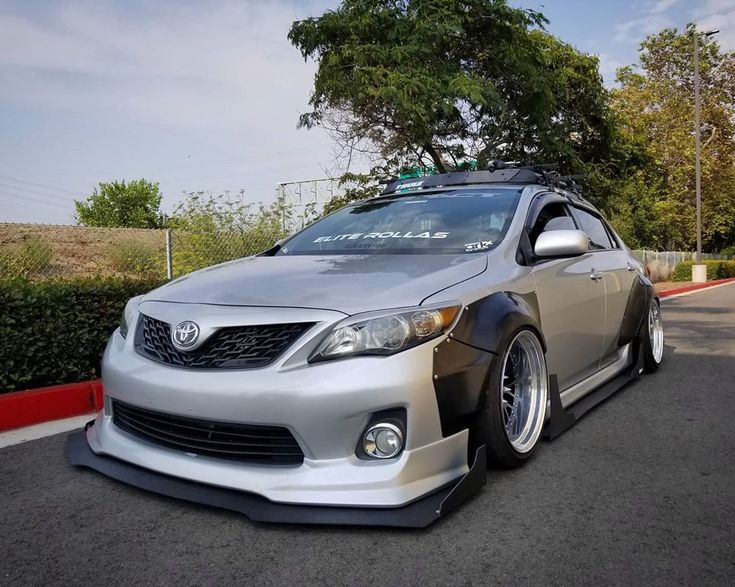 Both are great ways to save money on the expenses that come with car ownership.
Both are great ways to save money on the expenses that come with car ownership.
Another way to reduce your monthly car-related costs is to find cheaper car insurance. With Jerry, you can now do that quicker and easier than ever. Jerry is the top-rated brokerage app for comparing insurance policies and will do all the hard work to find the best deals for you!
After signing up, you can compare quotes in less than a minute, then handle all of the paperwork to switch right in the app. The average user saves over $800 per year on their car insurance—in about as much time as it takes to draft an email. How’s that for value?
“I was literally floored by the savings Jerry found for me. I was paying close to $960 every 6 months and now I’m paying $380 every 6 months for IDENTICAL COVERAGE in North Carolina!” —Olivia Z.
Please enable JavaScript in your browser. This website will not function correctly with JavaScript disabled. Skip to content
Skip to content
This is our guide to Toyota tyre pressure and tyre advice. When it comes to car maintenance, many of us think only about oil changes and brake pads. However, tyres also deserve our attention, since they’re the only part of our vehicles that actually touch the road surface.
In this article we provide information concerning tyre law in the UK and on the continent (where motorway speeds can be higher) and inform you of the tyre sizes and preferred pressure levels for all models in the current Toyota passenger vehicle range.
Toyota tyre pressure and size guideThe tyre sizes and recommended general inflation pressures for all current models in the Toyota passenger vehicle range can be found in the table below. Inflation pressures for older models can usually be found either on one of the car’s B-pillars, on the inside of the glove box lid, or within the owner’s manual.
| MODEL | TYRE SIZE | PRESSURE FRONT | PRESSURE REAR |
| Aygo X | 175/65 R17 | 2.6 bar or 37 psi | 2.4 bar or 35 psi |
| Aygo X | 175/60 R18 | 2.6 bar or 37 psi | 2.4 bar or 35 psi |
| Yaris | 185/65 R15 | 2.3 bar or 33 psi | 2.2 bar or 32 psi |
| Yaris | 195/55 R16 | 2.2 bar or 32 psi | 2.0 bar or 29 psi |
| Yaris | 205/45 R17 | 2.2 bar or 32 psi | 2.0 bar or 29 psi |
| GR Yaris | 225/40 R18 | 2.2 bar or 32 psi | 2.0 bar or 29 psi |
| Yaris Cross | 205/65 R16 | 2.3 bar or 33 psi | 2.2 bar or 32 psi |
| Yaris Cross | 215/55 R17 | 2.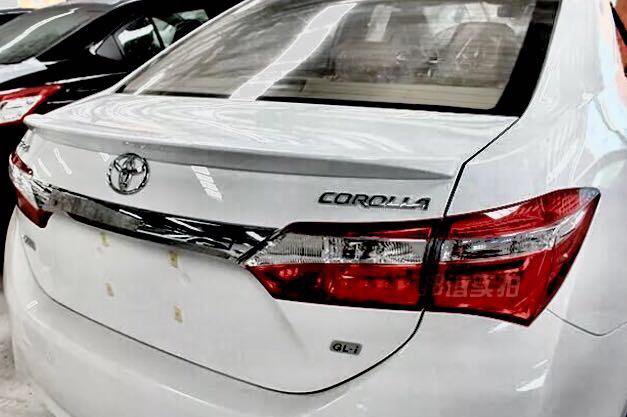 2 bar or 32 psi 2 bar or 32 psi | 2.0 bar or 29 psi |
| Yaris Cross | 215/50 R18 | 2.2 bar or 32 psi | 2.0 bar or 29 psi |
| Corolla | 205/55 R16 | 2.5 bar or 36 psi | 2.4 bar or 35 psi |
| Corolla | 225/45 R17 | 2.3 bar or 33 psi | 2.1 bar or 31 psi |
| Corolla | 225/40 R18 | 2.3 bar or 33 psi | 2.1 bar or 31 psi |
| Toyota C-HR | 215/60 R17 | 2.3 bar or 33 psi | 2.3 bar or 33 psi |
| Toyota C-HR | 225/50 R18 | 2.3 bar or 33 psi | 2.3 bar or 33 psi |
| bZ4X | 235/60 R18 | 2.6 bar or 38 psi | 2.6 bar or 38 psi |
| bZ4X | 235/50 R20 | 2.6 bar or 38 psi | 2.6 bar or 38 psi |
| RAV4 | 225/65 R17 | 2.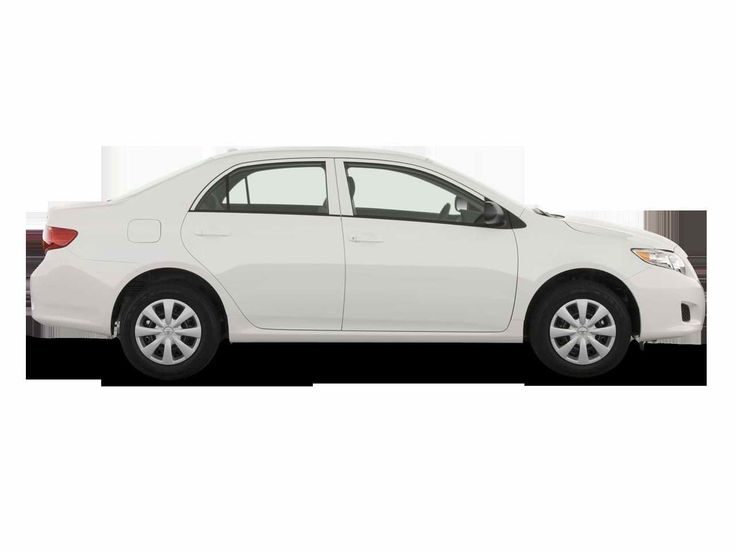 3 bar or 33 psi 3 bar or 33 psi | 2.3 bar or 33 psi |
| RAV4 | 225/60 R18 | 2.3 bar or 33 psi | 2.3 bar or 33 psi |
| RAV4 | 235/55 R19 | 2.3 bar or 33 psi | 2.3 bar or 33 psi |
| RAV4 Plug-in | 235/55 R19 | 2.3 bar or 33 psi | 2.3 bar or 33 psi |
| Highlander | 235/55 R20 | 2.6 bar or 38 psi | 2.6 bar or 38 psi |
| GR86 | 215/40 R18 | 2.4 bar or 35 psi | 2.4 bar or 35 psi |
| GR Supra (front) | 255/35 R19 | 2.2 bar or 32 psi | n/a |
| GR Supra (rear) | 275/35 R19 | n/a | 2.2 bar or 32 psi |
| Land Cruiser | 245/70 R17 | 2.2 bar or 32 psi | 2.2 bar or 32 psi |
| Land Cruiser | 265/65 R17 | 2.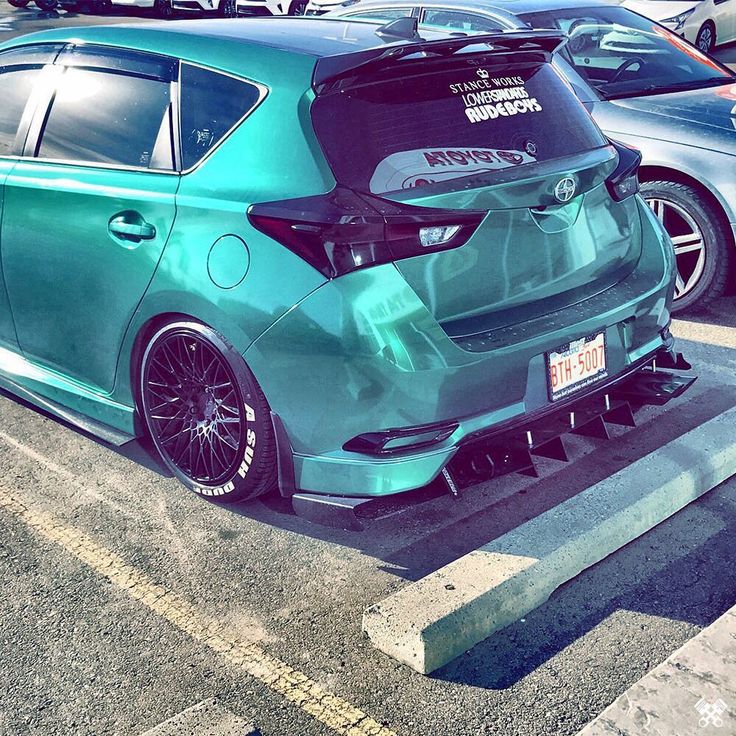 2 bar or 32 psi 2 bar or 32 psi | 2.2 bar or 32 psi |
| Land Cruiser | 265/55 R19 | 2.2 bar or 32 psi | 2.2 bar or 32 psi |
| Proace Verso | 215/65 R16 | 2.9 bar or 42 psi | 2.9 bar or 42 psi |
| Proace Verso | 215/60 R17 | 2.9 bar or 42 psi | 2.9 bar or 42 psi |
| Hilux | 225/70 R17 | 2.4 bar or 35 psi | 2.4 bar or 35 psi |
| Hilux | 265/65 R17 | 2.0 bar or 29 psi | 2.0 bar or 29 psi |
| Hilux | 265/60 R18 | 2.0 bar or 29 psi | 2.0 bar or 29 psi |
| Mirai | 235/55 R19 | 2.3 bar or 33 psi | 2.3 bar or 33 psi |
| Mirai | 245/45 R20 | 2.3 bar or 33 psi | 2.3 bar or 33 psi |
| Aygo | 165/60 R15 | 2. 3 bar or 33 psi 3 bar or 33 psi | 2.3 bar or 33 psi |
| Auris | 205/55 R16 | 2.3 bar or 33 psi | 2.3 bar or 33 psi |
| Auris | 225/45 R17 | 2.3 bar or 33 psi | 2.3 bar or 33 psi |
| Avensis | 205/60 R16 | 2.4 bar or 35 psi | 2.2 bar or 32 psi |
| Avensis | 215/55 R17 | 2.4 bar or 35 psi | 2.3 bar or 33 psi |
| Avensis | 225/45 R18 | 2.5 bar or 36 psi | 2.3 bar or 33 psi |
| Camry | 215/55 R17 | 2.4 bar or 35 psi | 2.4 bar or 35 psi |
| Camry | 235/45 R18 | 2.4 bar or 35 psi | 2.4 bar or 35 psi |
| Prius | 195/65 R15 | 2.5 bar or 36 psi | 2.4 bar or 35 psi |
| Prius | 215/45 R17 | 2. 2 bar or 32 psi 2 bar or 32 psi | 2.1 bar or 30 psi |
| Prius Plug-in | 195/65 R15 | 2.5 bar or 36 psi | 2.4 bar or 35 psi |
| Verso | 205/65 R16 | 2.4 bar or 35 psi | 2.3 bar or 33 psi |
| Verso | 205/55 R17 | 2.4 bar or 35 psi | 2.3 bar or 33 psi |
| RAV4 (prev) | 225/65 R17 | 2.2 bar or 32 psi | 2.2 bar or 32 psi |
| RAV4 (prev) | 235/55 R18 | 2.2 bar or 32 psi | 2.2 bar or 32 psi |
The UK government states that cars, light vans and light trailers must have a minimum tread depth of 1.6mm and “there must be tread across the middle three-quarters and around the entire tyre.”*
2.No, tyre pressure recommendations vary from car to car. Car manufacturers set the values for inflation levels.
3. Where can I check the pressures for my Toyota if it is not listed below?The tyre pressure for your Toyota will be listed in the vehicle handbook and in the driver-side door recess.
4. What rules are there concerning tyre condition?Your tyres should be free from certain cuts and other defects such as uneven tread wear and foreign objects, such as nails.
5. Are there any tyre-related laws that I should be aware of when driving on the continent?Yes, but they are mainly concerned with the fitment of winter tyres. The European countries listed below legally enforce the use of winter tyres between the stated dates*. Minimum tread depths may also change in winter or from country to country, so it’s best to check local laws before you depart.
| Austria | 1 November to 15 April |
| Estonia | 1 December to 28/29 February |
| Finland | 1 December to 28/29 February |
| Germany | In adverse winter weather conditions |
| Latvia | 1 December to 28/29 February |
| Norway | In adverse winter weather conditions winter tyres or chains must be used |
| Sweden | 1 December to 31 March |
Pressures vary because larger diameter wheels use lower-profile tyres. Low profile tyres have less rolling resistance and drag than higher-walled tyres, so inflating them to the same level as high-profile rubber can give a harsh ride and increase road noise.
Did you find the answer in our Toyota tyre pressure guide? Head to our customer website to find more specific information about your car or to request a tyre check from your local dealer.
*Information correct at time of publication
Posted by
Why do you need optimal tire pressure in a vehicle. How to measure it in a Toyota Corolla car. What you need to know about the optimal pressure if the car is not equipped with a manual gearbox, but a CVT.
Optimum tire pressure in Toyota Corolla is an important detail, without which the car will not move smoothly. If the Toyota Corolla tires are filled too high or low with oxygen, an unintentional accident by the driver of the vehicle is possible. That's why it's so important to keep your blood pressure under control.
Content
since Toyota Korolla is classified as Toyota Corus it has the following tire pressure requirements:
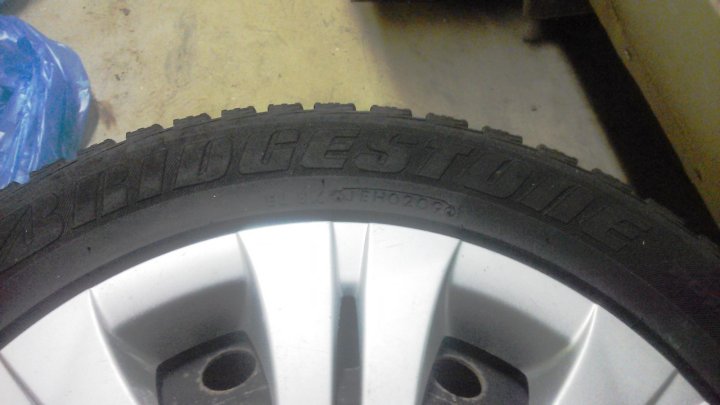 7 to 1.8 bar for the front wheels;
7 to 1.8 bar for the front wheels; When inflating tires with oxygen, it is necessary to take into account which gearbox is installed on the machine. With a mechanical box installed, the pressure indicated above will be sufficient for the wheels. If an automatic transmission or, moreover, a variator is installed, then it is recommended to increase the air content of the tire by 0.2 bar for each wheel. Because the automatic transmission and the CVT put the greatest load on the front suspension.
Attention! The smooth movement of the Toyota Corolla and the comfort of the ride depends on the independent front suspension and rear beam from Toyota. And the suspension was made by McPherson, which is famous for its reliable shock absorber struts. Named after the design engineer who made it.
Tire pressure is affected by vehicle load. For example, the above data should be maintained with three people weighing up to 170 kilograms and at speeds up to 160 km/h. If the speed exceeds the indicated one, then increase the air filling of the tires to 0.1 bar for every 10 km / h.
If the speed exceeds the indicated one, then increase the air filling of the tires to 0.1 bar for every 10 km / h.
Experts recommend checking tire inflation regularly. This is done once a month. First of all, a visual inspection should be done. If the wheel sank, then pump it up, having previously looked for punctures or a malfunction of the spool.
When the pressure drops 60 minutes or less after pumping. And the car owner will not be able to see any visual faults at the wheel, it is recommended to take the car to a service center.
Steps for inflation procedure:
This easy procedure is done at home.
Optimal air filling of rubber affects:
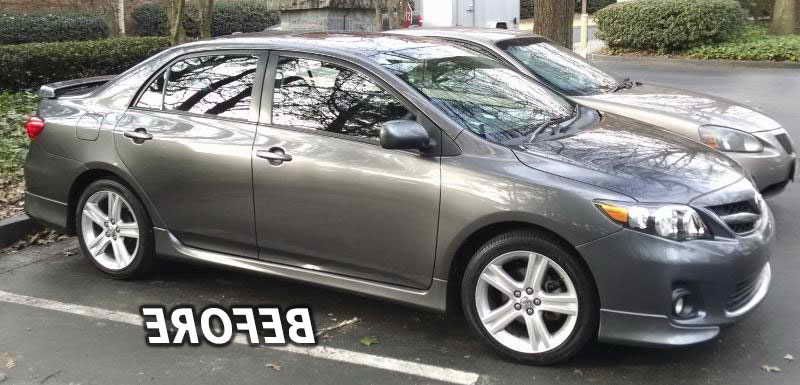
The humidity of the injected air also influences. Friction increases the temperature and increases the amount of water vapor if the air was pumped at high humidity. In this case, nitrogen is suitable for inflating tires. The following information is for avid racing enthusiasts.
Nitrogen is a dry gas. Therefore, rubber inflated with nitrogen will not burst at high speed. Another important factor in favor of nitrogen is the gradual decrease in pressure during a puncture.
The pressure drop in rubber with nitrogen is not noticeable, and it does not drop as sharply as in the case of ordinary gas. In addition, this gas allows you to feel less bumps in the road. Its other best property is its inability to create condensate. Seeping through the tires, it does not damage the metal of the wheels.
However, there are disadvantages to dry gas. This is a high price. And it is almost impossible to find it at ordinary vehicle service stations.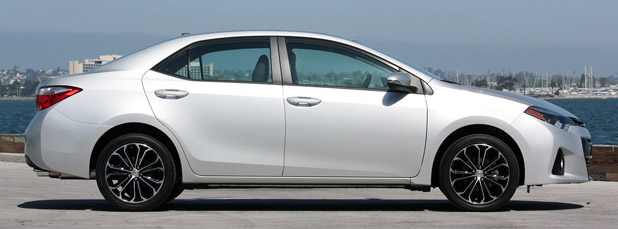 Although it is common among riders.
Although it is common among riders.
The car must be monitored. If you regularly check the pressure in the rubber of the wheels, the oil in the automatic transmission and the engine, then the Toyota Corolla vehicle will serve the car owner for many years. Annual visits to the service center for maintenance also have a positive effect on the operation of the machine.
And the optimal tire inflation will give the driver and passengers to enjoy comfort and safety when driving both in urban areas and on the motorway at high speeds.
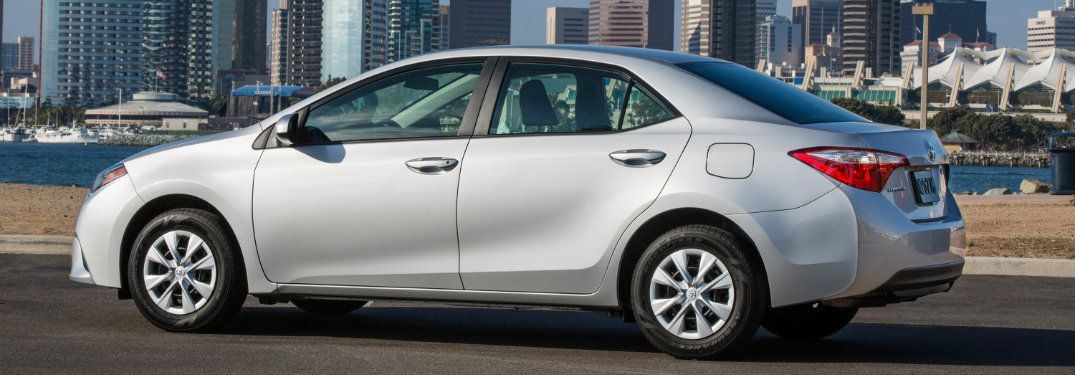 Toyota has proven that a good car with the same performance and the same good design can cost relatively little money.
Toyota has proven that a good car with the same performance and the same good design can cost relatively little money.
Corolla represents the C-class cars, which are small and small city cars. Today it is produced with several engine options:
A smooth ride is provided by McPherson independent front suspension and rear beam from Toyota. The car sits on 15-inch rims that maintain tire pressures between 1.8 and 2.2 bar for a smooth and safe ride.
Tire pressure is one of the most important components of a good and safe ride. Normal pressure should be maintained between 1.7 and 1.8 bar in the front tires and 1.9-2.0 bar in the rear. These data are valid when the car is loaded with three people and a maximum of 170 kilograms of cargo at speeds up to 160 km. When driving faster, increase the tire pressure by 0.1 bar for every additional 10 km/h.
With a maximum load of 4 people and about 600 kg of cargo, the pressure must be maintained at 2.0-2.1 bar in the front tires and 2.2-2.3 bar in the rear.
These data are valid for the above versions of the car with a manual gearbox, if your Corolla has an automatic gearbox or a variator, it is worth increasing the tire pressure by 0.2 bar from the standard parameters. This is due to the fact that both gearboxes place a large load on the front suspension.
Tip: If keeping your suspension in good condition is important to you, fuel economy is essential and good handling is important, increase your tire pressure by 0.
3 bar above the standard settings recommended above.
The problem of a sudden decrease in tire pressure may indicate problems with the wheel as a whole or damage to the wheel by a nail or glass shard. The first problem occurs when the spool fails, the second when the wheel is pierced by a sharp object without remaining in the tire body.
In order to avoid future suspension problems and accidents with skidding or poor braking due to tires, check the pressure every 2-4 weeks. If a reduced pressure level is visible during visual inspection, inspect the wheel, if you do not find gaps, pump up. If the tire pressure after a few hours is below the established norm of 1.7 bar, go to a service station.
Note: on cold tires, the pressure is slightly lower by about 0.1-0.2 bar, while driving, the pressure increases by 0.3-0.4 bar due to faster air circulation, so you should not panic when the pressure is not warm tires will be 0.1-0.15 bar lower.
